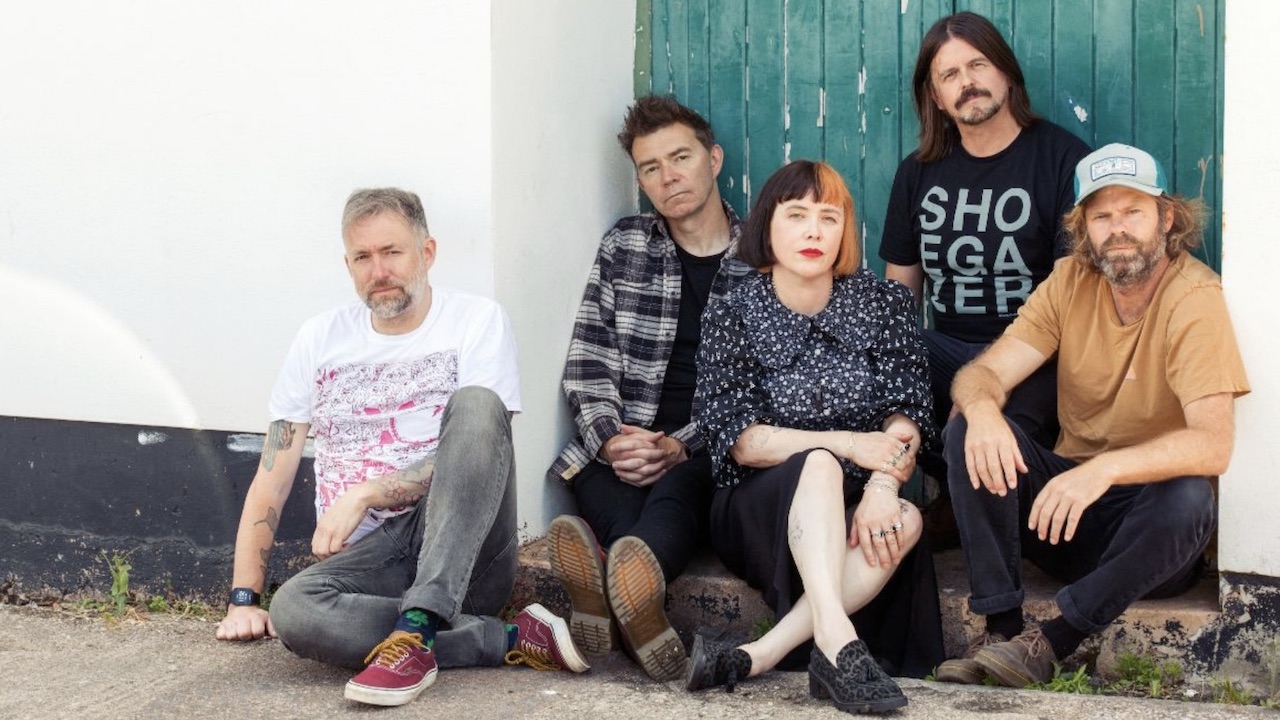
In the early '90s, shoegaze was the genre that everyone loved to hate. Blinded by the ascendancy of grunge and Britpop, the UK music press, in particular, was quick to show their contempt for what they saw as "the scene that celebrates itself". By the Reading's Slowdive emrged, criticism of shoegaze had become something of an obsession for NME and Melody Maker journalists, and the band's first two albums were panned as unimaginative and boring, too ethereal and dreamy in the face of the anthemic lad-rock that had taken over Britain.
In a remarkable and largely unforeseen turn of events, however, today shoegaze is revered by industry and media tastemakers and Gen Z music fans alike, and Slowdive are rightly regarded as one of the very best in the genre.
Enjoying the gift of hindsight, we look back over Slowdive’s career and rank their albums from worst to best.

5. Slowdive (2017)
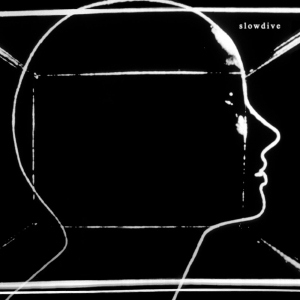
After reforming for Primavera Sound in 2014 after almost two decades away, the prospect of a new Slowdive album was made all the more intriguing by the resurgence of shoegaze in their absence.
Slowdive was a smooth transition for the band, without rocking the boat. Star Roving and No Longer Making Time feel like the work of a band retracing their steps back to the safety of Souvlaki, returning to a consistent dream pop sound punctuated with the acoustic rock of Sugar For The Pill.
The album appealed to fans of their early work who were put off by Pygmalion but it didn’t really do anything extraordinary. That is, until the 8-minute finale Falling Ashes, a reminder that there is more to Slowdive than the legacy of Souvlaki, and a sign that they weren’t ready to abandon their more experimental side.
4. Pygmalion (1995)

Slowdive’s third album – and their last before a 22-year break – was a complete departure from their early commitment to shoegaze. Where their first two albums were expansive, every space filled with texture and distortion, with Pygmalion, Slowdive swapped their blurry walls of noise for something sparser and more ambient.
The choice to open with the 10-minute Rutti shows their dedication to this new direction, a bold statement of intent and a brave move that inevitably turned some of their early fans away. J’s Heaven and Blue Skies An’ Clear are more sprawling moments that remind us of their work on Souvlaki and Just For A Day, but on the whole Pygmalion is defined by its moments of silence and a lack of percussion on tracks like Miranda and Visions of LA.
Pygmalion has a divisive legacy amongst fans of Slowdive. Although it's certainly less accessible than 2017’s self-titled set, it moves up the list simply for sheer bravery. It may not be their best work, but Pygmalion was a bold step forward, and remains a wholly worthwhile listen.
3. Just For A Day (1991)
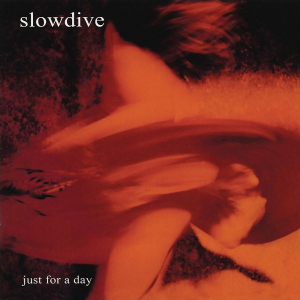
While Slowdive’s early EPs had been well-received by the press, Just For A Day arrived just as shoegaze was at its least fashionable, resulting in an unenthusiastic welcome from critics. The quintet hadn’t yet hit their peak, obviously, but Slowdive’s debut is an important testament to the ambition they would show throughout their career, paving the way for the expansive, otherworldly sound that would eventually land them a lasting legacy in alternative music.
In this album, we see glimpses of the artists who inspired the shoegaze movement. The hypnotic atmosphere of Sadman and Catch the Breeze are reminiscent of the darkest moments of The Cure, mixed with vocal influences from The Smiths on Spanish Air and the ethereal dream-pop of Cocteau Twins on Waves. With later albums, Slowdive would develop a more distinct and personal sound, but their earliest work respectfully carries the legacy of those who came before.
2. Everything Is Alive (2023)
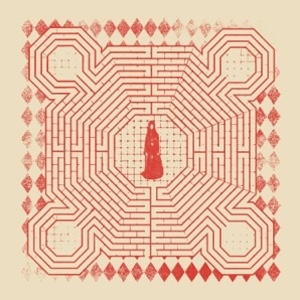
On their most recent album, Slowdive finally struck a perfect balance between the old and the new, blending seamlessly the shoegaze sound they helped pioneer with the electronica and ambient elements that they had briefly embraced on Pygmalion. Experimental and profound, everything is alive was more than just a return to form for Slowdive – it opened up exciting new horizons for their music.
Everything is alive saw them experiment with synthesisers in new ways to complement the emotional depth of shanty and kisses. As steeped in melancholy as tracks like andalucia plays and the slab are, there’s a real brightness in chained to a cloud, with its ingeniously simple repeating synth and vocals that peek through the music, barely above a whisper. Everything is alive feels like the triumphant culmination of years of work and experience from a band that are at last being celebrated as they deserve.
1. Souvlaki (1993)
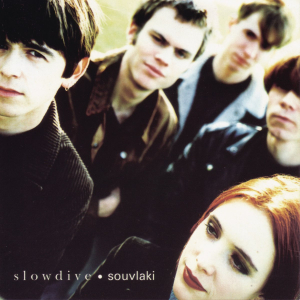
Widely and rightfully regarded as the band's magnum opus, Souvlaki is the album that will ensure that Slowdive go down in history as shoegaze legends – although such plaudits didn’t arrive until after release. From the opening of Alison, it’s clear that the band have come into their own, taking bolder steps into a sublime world of distorted, obscured guitars, the twin voices of Neil Halstead and Rachel Goswell swirling and rippling as if from another world.
With Brian Eno sitting in on the sessions that conceived Sing and Here She Comes, there was writing on the wall for the ambient music that would divide fans and critics alike.
It’s easy to see why this album became the very definition of shoegaze. From the effects-laden Souvlaki Space Station to the more traditional acoustic rock of Dagger, Souvlaki asserts the band’s musical identity, building on and demonstrating their commitment to a sound that the world had deemed unfashionable. Souvlaki’s legacy is evidence enough that their persistence paid off.







